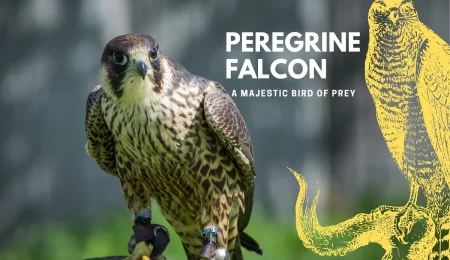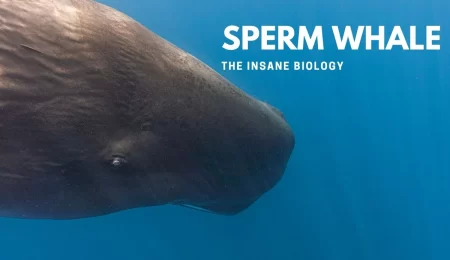Fossa: the King of Madagascar
Fossa: Learn about the Fossa, the top predator of Madagascar, and its role in the island’s ecosystem. Discover the fascinating facts about this elusive carnivore and its unique features that make it a formidable predator. The Fossa is a unique and fascinating animal that is native to Madagascar. It is the largest predator on the island and is known as the King of Madagascar. This article will explore the physical characteristics, habitat and range, behavior and diet, threats and conservation, and cultural significance of the Fossa.
Physical Characteristics of Fossa
The Fossa is a carnivorous mammal that resembles a cross between a cat and a weasel. It has a long, slender body with short legs and a long tail. The Fossa can grow up to 6 feet in length, with males being larger than females. They can weigh up to 26 pounds. The coat of the Fossa is short and dense, with colors ranging from reddish-brown to black. The Fossa’s teeth and claws are specially adapted for hunting and climbing trees.
Habitat and Range
The Fossa can be found in the forests of Madagascar, from sea level to high elevations. They prefer dense, humid forests with plenty of cover and prey. Fossas are most commonly found in the eastern rainforests of Madagascar, but can also be found in the western dry forests. The Fossa’s territory can range from 2 to 50 square kilometers, depending on the availability of prey.
Behavior and Diet
The Fossa is a solitary hunter that is active both day and night. It is an agile climber and can move easily through the trees. Fossas are opportunistic hunters and will eat a variety of prey, including lemurs, rodents, birds, and reptiles. They are also known to scavenge from other predators. The Fossas are the only predator in Madagascar that can take down lemurs, which makes up a significant part of their diet. Fossas are also known for their unique hunting behavior, in which they jump from tree to tree in pursuit of their prey.
Threats and Conservation
The Fossas are threatened by habitat loss due to deforestation and hunting. In addition, the Fossa’s population is at risk due to the declining population of its primary prey, the lemur. Conservation efforts to protect the Fossa include the creation of protected areas, community-based conservation programs, and education and awareness campaigns.
Fossa in Culture and Media
The Fossa holds an important place in traditional Malagasy culture. It is considered a sacred animal and is often depicted in artwork and legends. In popular media, the Fossa is often portrayed as a fierce predator, such as in the animated movie “Madagascar”.
Future of Fossa
The Fossa’s prospects for the future are uncertain. The Fossa is considered a vulnerable species by the International Union for Conservation of Nature (IUCN) due to habitat loss, hunting, and declining prey populations. However, there is hope for the Fossa’s future. Conservation efforts are increasing, and with continued education and awareness, the Fossa can have a brighter future.
Conclusion
The Fossa is a unique and important predator that plays a significant role in the ecosystem of Madagascar. It is threatened by habitat loss and declining prey populations, but conservation efforts are underway to protect the species. By raising awareness and supporting conservation efforts, we can ensure that the Fossas continues to be the King of Madagascar.
FAQs
- What is the Fossa’s scientific name?
- The Fossa’s scientific name is Cryptoprocta ferox.
- Are Fossas dangerous to humans?
- Fossas are not typically dangerous to humans. They are shy animals that generally avoid human contact.
- How many species of Fossas are there?
- There is only one species of Fossas, Cryptoprocta ferox.
- What is the Fossas primary prey?
- The Fossas primary prey is lemurs.
- Can Fossas be found outside of Madagascar?
- No, Fossas are only found on the island of Madagascar.
Image by Jaclyn Wildcat from Pixabay




Leave a Comment